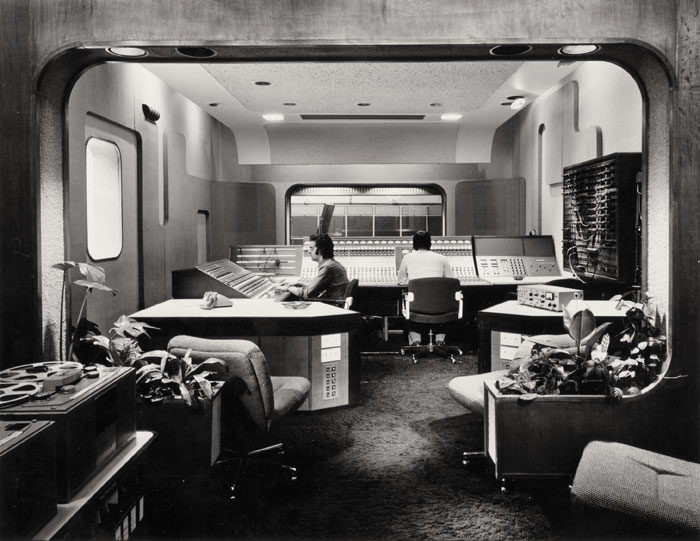You’re walking down an unfamiliar sidewalk in a neighbourhood called St. John’s Wood in London, England; you can’t see any road signs, and you don’t recognize any of the Georgian townhouses you’re passing. All at once, as the numbers on the houses decrease, you start to feel a strange sense of deja vu. It’s nothing more significant than a painted crosswalk that has struck your memory, but all of a sudden you know exactly where you are, and, stopping in front of #3 Abbey Road, a smile broaches your lips as a meaningful chill jumps from your lower back to the nape of your neck and all the way down your arms.
You gaze past the graffiti-covered garden walls and up the stone steps to the front door, and start pouring through the checklist in your mind of the great musicians who’ve put their talent and creativity to the test within those hallowed walls; the long catalogue of albums mixed, mastered and recorded there that have made an indelible mark on pop culture and the annals of history. It’s Abbey Road Studios, and, according to a statement released by EMI on Sunday, they don’t want anything about the storied studio to change.
The predecessor of EMI Group, the Gramophone Company, bought the home in 1931 and converted it into a studio. Though it began as a studio known for the hit rock singles recorded there, a group of mop-topped lads from Liverpool broke that tradition by recording some of the most successful and iconic rock albums of the 20th Century there. Beyond the Beatles, who, thanks to their 1969 album Abbey Road, are most to thank for the studio’s iconic status, artists such as Pink Floyd, Radiohead and Oasis have also hung their hat at Abbey Road and laid down some of their best-known work.
As modern recording equipment has shrunk and become more easily accessible, and record labels’ profit margins have continued to diminish, the prestigious Abbey Road Studios have become somewhat of an anachronism. A luxury most can’t afford. So much has changed from the swinging sixties that, in a recent interview with The Financial Times, a media lawyer said that nowadays, “If an artist goes to a label and asks to record at Abbey Road they will be met with maniacal laughter.”
However, the laptop-ization of modern studio equipment has meant that newer studios are unable to accommodate full orchestras. Though it’s less widely known, Abbey Road has this capability, and is a popular destination for those looking to record film scores. The Empire Strikes Back, Return of the Jedi, The Fellowship of the Ring, The Prisoner of Azkaban, and 300, along with dozens of other films, laid down their scores at Abbey Road.
So, if the February 15 report from The Financial Times were true, and EMI was looking to sell the studio to recoup some of its net income shortfalls (according to The Financial Times, EMI posted a £1.75 billion loss for the year to March 2009 in accounts earlier this month), then there’s no question that a great piece of music and cultural heritage could potentially be lost. Names like Paul McCartney and Andrew Lloyd Webber came forward, hinting at possibly buying the studio were it put up for sale, or suggesting that English Heritage ought to step in and preserve the site. The public cried out for a speedy resolution. “Save Abbey Road!”
Well, worry no more, music lovers, it seems Abbey Road Studios will remain under ownership of EMI. Rather than selling it, EMI says they are holding preliminary discussions “for the revitalization of Abbey Road with interested and appropriate third parties”. But wait! Revitalization? Could that mean that, even though EMI retains control, they’ll still fundamentally change the studio we all know and love? Well, judging by the uproar over its possible sale, I’m going to say probably not.
While music lovers may shrug their shoulders at EMI’s continued plummet into the red, I find it reassuring that when musical artifacts such as Abbey Road Studios are in distress – the public does sit up and take notice.


wow these videos are amaazing!! great article